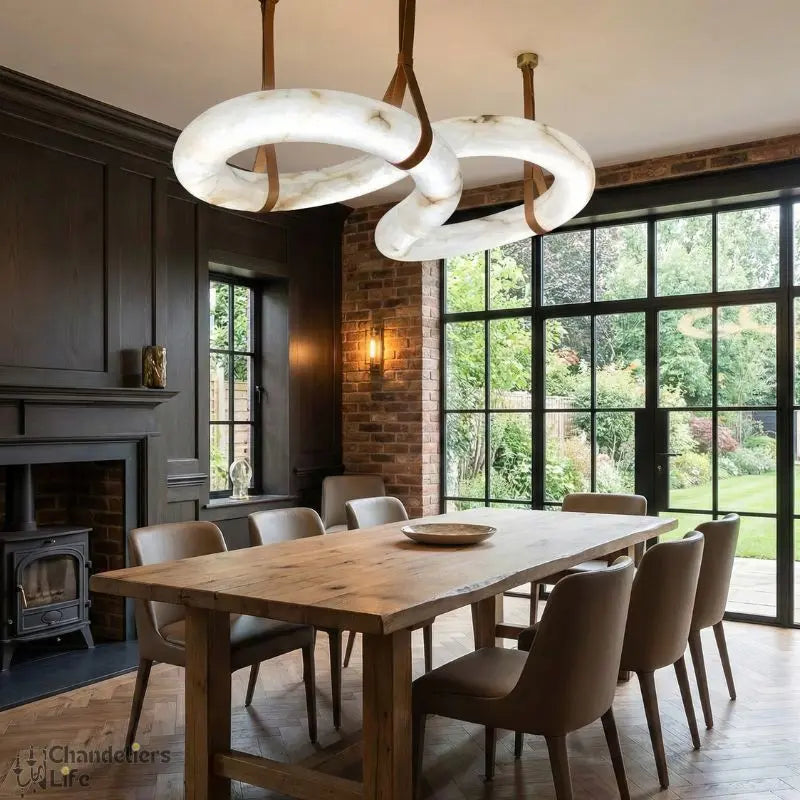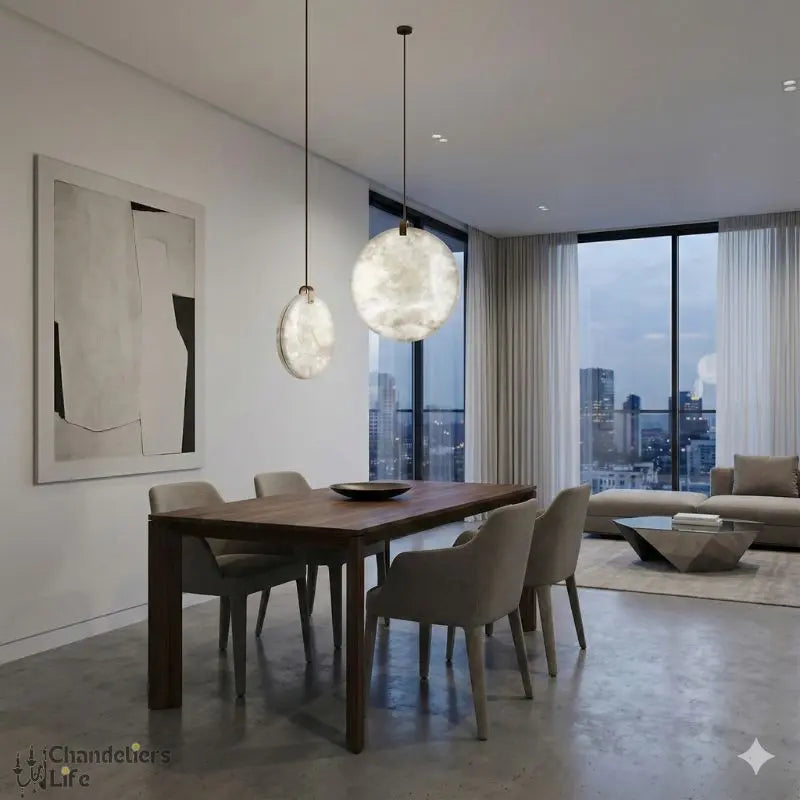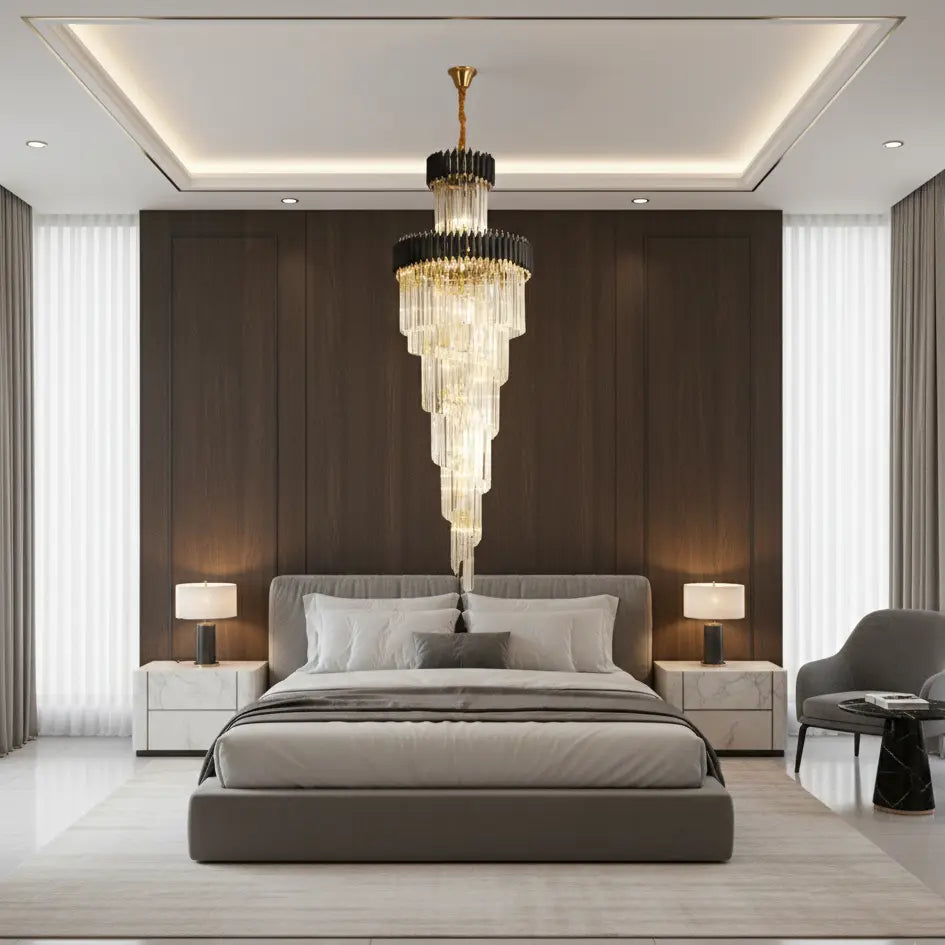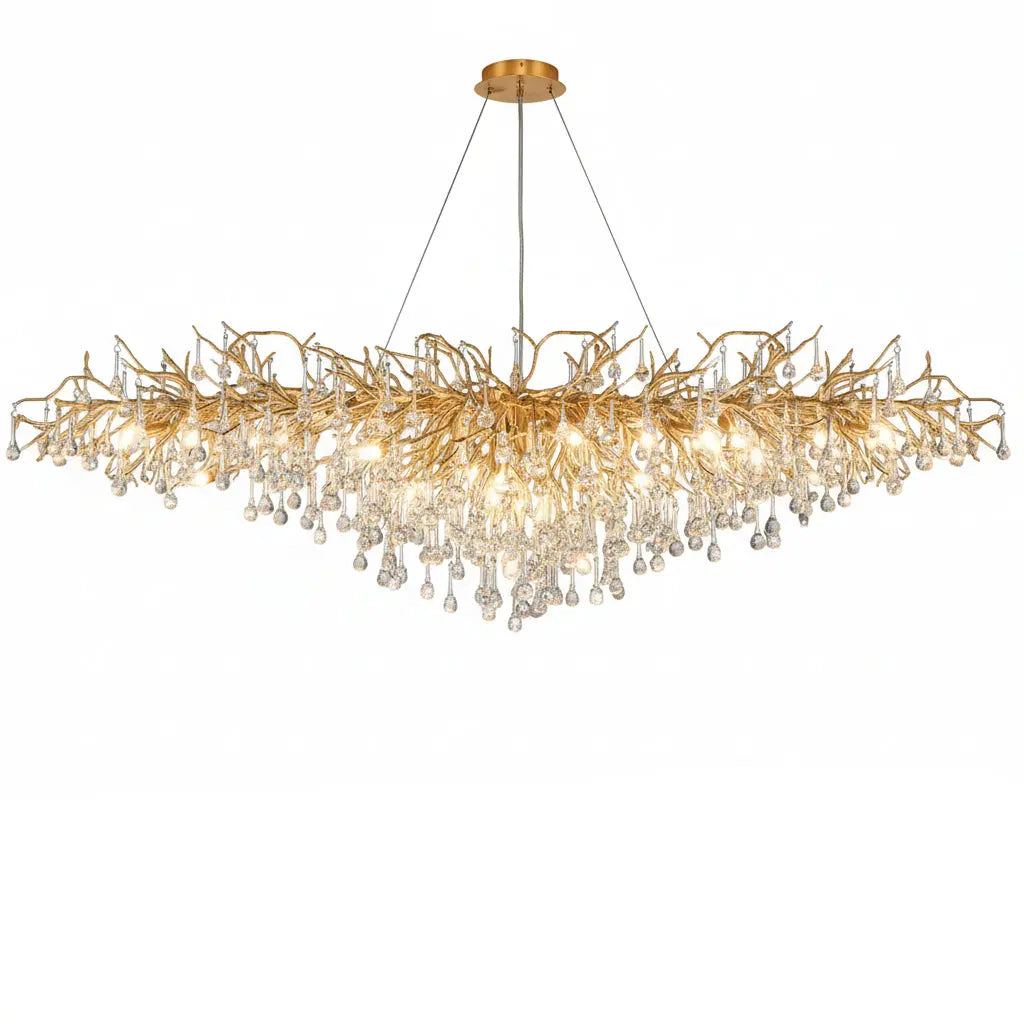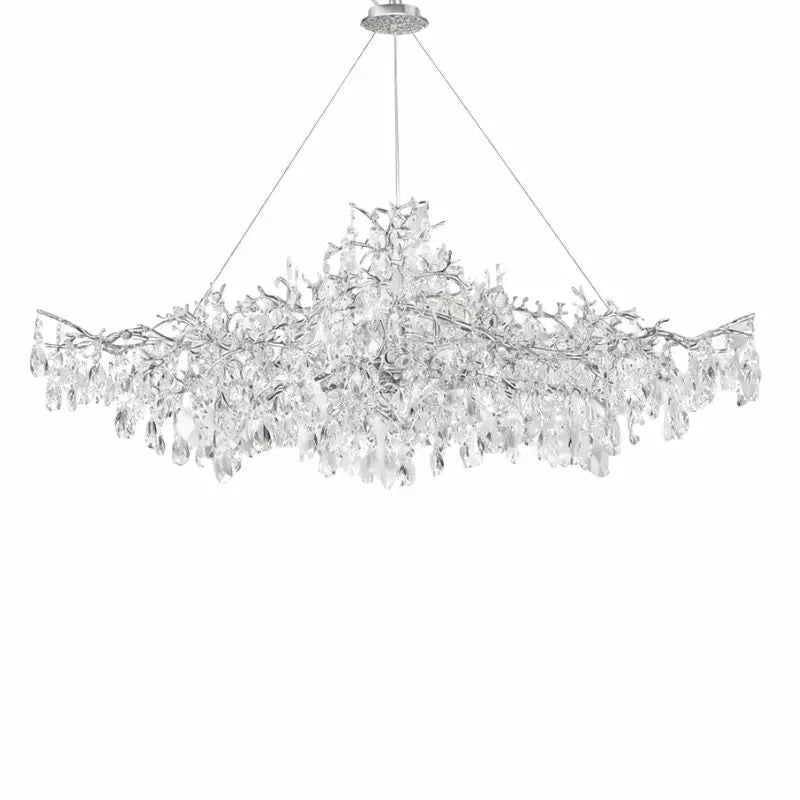Arranging furniture in your living room can seem like a big task, but with a little planning, you can create a space that's both beautiful and functional. Whether you're starting from scratch or just want to refresh your current setup, this guide will walk you through the steps to make your living room the best it can be.
Key Takeaways
- Start by choosing furniture that fits your space and meets your needs.
- Create a focal point and arrange your furniture around it.
- Plan pathways to ensure easy movement and avoid clutter.
- Set up seating areas to encourage conversation and add side tables and lighting.
- Use smart storage solutions to keep your living room tidy and organized.
Choosing the Right Furniture for Your Living Room
Assessing Your Space and Needs
Before you start picking out furniture, take a good look at your living room. Measure the dimensions and think about how you use the space. Do you need a cozy spot for family movie nights or a more formal area for entertaining guests? Understanding your needs will help you choose pieces that fit both your lifestyle and your room.
Selecting Multi-Functional Pieces
In a small living room, large furniture can make the space feel cramped. Instead, opt for smaller, multi-functional pieces. For example, a sectional sofa or love seats can provide ample seating without overwhelming the room. Look for items that serve more than one purpose, like a sofa bed or an ottoman with storage. These versatile pieces can help you make the most of your space.
Balancing Style and Comfort
When choosing furniture, it's important to balance style and comfort. Think about your personal style preferences. Do you prefer a classic, formal look or something more modern and relaxed? Coordinating your furniture with your overall design theme will create a cohesive and inviting space. Don't forget to consider comfort, especially for pieces like sofas and chairs that you'll use often.
Remember, the right furniture can make your living room both functional and stylish. Take your time to choose pieces that fit your space and meet your needs.
Creating a Focal Point
Identifying the Main Feature
The first step in arranging your living room is to identify the main feature. This could be a large window, a fireplace, or even a TV. The focal point should be the first thing you see when you enter the room. If your room doesn't have a natural focal point, you can create one with a piece of furniture or artwork.
Arranging Furniture Around the Focal Point
Once you've identified your focal point, arrange your furniture around it. For example, if your focal point is a fireplace, place your couch and chairs facing it. This will draw attention to the focal point and make the room feel more cohesive. Remember to leave enough space for people to walk around comfortably.
Enhancing the Focal Point with Decor
To make your focal point stand out even more, add some decor. You can use items like alabaster chandeliers, paintings, or mirrors. These accessories will draw the eye and make the focal point more prominent. Just be careful not to overdo it; too many decorations can make the room feel cluttered.
A well-chosen focal point can transform your living room, making it more inviting and visually appealing.
Optimizing Traffic Flow
Ensuring smooth traffic flow in your living room is essential for creating a functional and inviting space. Here are some expert tips for living room furniture arrangement to help you optimize traffic flow effectively.
Planning Pathways
Start by identifying the most frequently used paths in your living room, such as the route to the sofa or TV. Keep these paths clear of furniture to avoid any obstructions. Consider doorways and entry points, ensuring that furniture placement does not block these areas. Drawing a scale diagram of your room can be helpful in visualizing the space and planning the placement of furniture.
Avoiding Common Traffic Flow Mistakes
Avoid placing furniture in a way that blocks natural pathways. Think about how someone would move through the room and ensure there are no barriers that make it difficult to get from one area to another. Leave a clear and fairly straight path between entrances if there is more than one. This can also help divide the space and make sure each entrance has an open area facing it.
Ensuring Accessibility for All
Make sure there is enough space between furniture items to allow easy movement for everyone, including those with mobility aids. Arrange furniture in a way that subtly guides people through the room without obstructing movement. This not only makes it easier for people to navigate through the room but also contributes to a feeling of spaciousness and light.
By thinking of the traffic flow, you can determine the best placement for furniture to avoid blocking any walkways or creating awkward bottlenecks.
Arranging Furniture for Conversation
Setting Up Seating Areas
To make your living room perfect for chatting, arrange the seating so it feels open and welcoming. Avoid placing chairs with their backs to the door. Instead, position sofas and chairs to face each other, making it easy for people to talk without raising their voices. If your room is large, consider creating multiple conversation areas.
Using Rugs to Define Spaces
A large area rug can help define a seating area within a bigger room. Make sure all key furniture pieces fit on the rug. If the rug is too small, at least ensure the front legs of each piece are on it. This helps to unify the space and makes it feel cozier.
Incorporating Side Tables and Lighting
Place side tables within arm's reach of every major seating spot. This gives people a place to set down drinks while talking. Consider using contemporary / modern lighting options like floor lamps or chandeliers to enhance the ambiance. Proper lighting can make the room feel more inviting and highlight the conversation areas.
Maximizing Small Living Rooms
Choosing Scaled-Down Furniture
When working with a small living room, it's essential to pick furniture that fits the space. Opt for pieces with a slimmer profile to avoid a cramped look. Bulky items can overwhelm the room, making it feel even smaller. Instead, choose compact sofas, chairs, and tables that provide comfort without taking up too much space.
Utilizing Vertical Space
To make the most of a small living room, think vertically. Use tall bookcases or shelves to draw the eye upward, creating the illusion of a larger space. This not only adds storage but also keeps the floor area less cluttered. Consider adding wall-mounted cabinets or floating shelves to keep things organized and off the ground.
Creating Illusions of Space
Mirrors can be a game-changer in small living rooms. Placing mirrors opposite windows can reflect light and make the room appear more open and airy. Additionally, using a neutral color palette can enhance the sense of openness. Light colors on walls and furniture can make the space feel bigger and more inviting.
Remember, the key to an innovative living room layout for small spaces is to use every inch wisely. By choosing the right furniture and utilizing vertical space, you can create a stylish and functional area that feels much larger than it is.
Flexible Furniture Arrangements
Modular and Moveable Pieces
Grant yourself the flexibility to switch your living room furniture arrangement to match the occasion. Fill an empty corner with a lightweight chair that can be pulled easily into the sitting area if needed. Add in pieces like ottomans or stools that can function as side tables for drinks or serve as seating for guests.
Seasonal Rearrangements
An effective living room arrangement starts with a focal point, which serves as the cornerstone of your design. In the summer, the room could be rearranged so the view out the French doors takes center stage. In the winter, you might orient the main seating piece toward the fireplace.
Adapting for Different Activities
In an open-concept living room, use furniture arrangements to divide the space into different activity zones. Here, a table and chairs gather on one side of the room, providing a spot for informal meals or games. On the other side of the room, a sofa and chairs form a conversation cluster around the fireplace.
Incorporating Storage Solutions
Hidden Storage Options
Hidden storage is a great way to keep your living room tidy. Storage ottomans are perfect for storing blankets, magazines, or toys. They can also serve as extra seating or a coffee table. Another option is to use furniture with built-in storage, like a sofa with drawers underneath.
Using Shelving and Cabinets
Shelving and cabinets can help you make the most of your vertical space. Wall-mounted shelves are great for displaying books, plants, or decor items. Cabinets with doors can hide away items you don't want on display. Consider using floating shelves to create a clean, modern look.
Keeping Clutter at Bay
To keep your living room clutter-free, it's important to have a place for everything. Use baskets or bins to organize smaller items. Make sure to regularly go through your belongings and get rid of anything you don't need. This will help you maintain a neat and organized space.
Styling Tips for a Cohesive Look
Coordinating Colors and Textures
To create a harmonious living room, start by coordinating colors and textures. Choose a color palette that complements your furniture and decor. Mix and match different textures like soft fabrics, smooth surfaces, and rough materials to add depth and interest.
Balancing Different Furniture Styles
Don't be afraid to mix different furniture styles. The key is to find a balance. For example, pair a modern sofa with a vintage coffee table. This blend can make your space feel unique and personalized.
Adding Personal Touches
Incorporate personal items like family photos, travel souvenirs, or handmade crafts. These touches make your living room feel more inviting and reflect your personality.
Want to create a unified and stylish look for your home? Check out our easy tips to make your space look amazing. From choosing the right colors to picking the perfect lighting, we've got you covered. For more ideas and inspiration, visit our website today!
Conclusion
Arranging furniture in your living room can seem like a big task, but with the right steps, it becomes a fun and creative process. Start by picking a focal point and arranging your largest pieces around it. Remember to keep the space open and inviting, and don't be afraid to experiment with different layouts. By following these simple tips, you can create a living room that is both functional and stylish. Happy decorating!
Frequently Asked Questions
How do I choose the right furniture for my living room?
Start by measuring your space and thinking about your needs. Pick furniture that fits well and serves multiple purposes. Make sure to balance style with comfort.
What should be the focal point in my living room?
A focal point can be anything like a fireplace, a TV, or a big window. Arrange your main furniture around this feature to draw attention to it.
How can I optimize traffic flow in my living room?
Plan clear pathways between furniture pieces. Avoid placing furniture in spots that block easy movement. Ensure everyone can move around comfortably.
How do I arrange furniture for better conversations?
Set up seating areas where people can face each other. Use rugs to define these spaces and add side tables and lighting to make them cozy.
What are some tips for small living rooms?
Choose smaller furniture that fits the space. Use vertical storage like shelves to save floor space. Mirrors and light colors can make the room look bigger.
How can I keep my living room clutter-free?
Use hidden storage options like ottomans with storage inside. Shelves and cabinets can help keep things organized. Regularly tidy up to avoid clutter.







